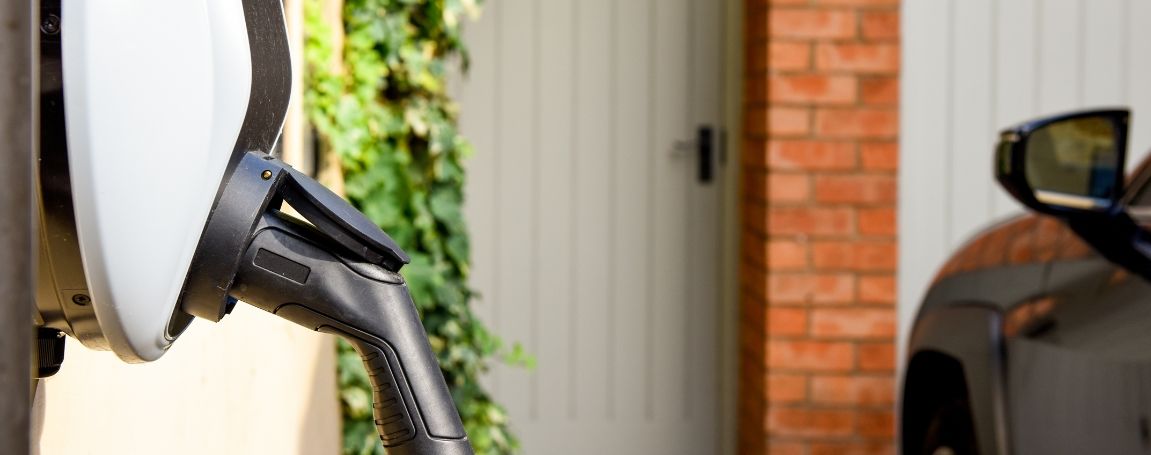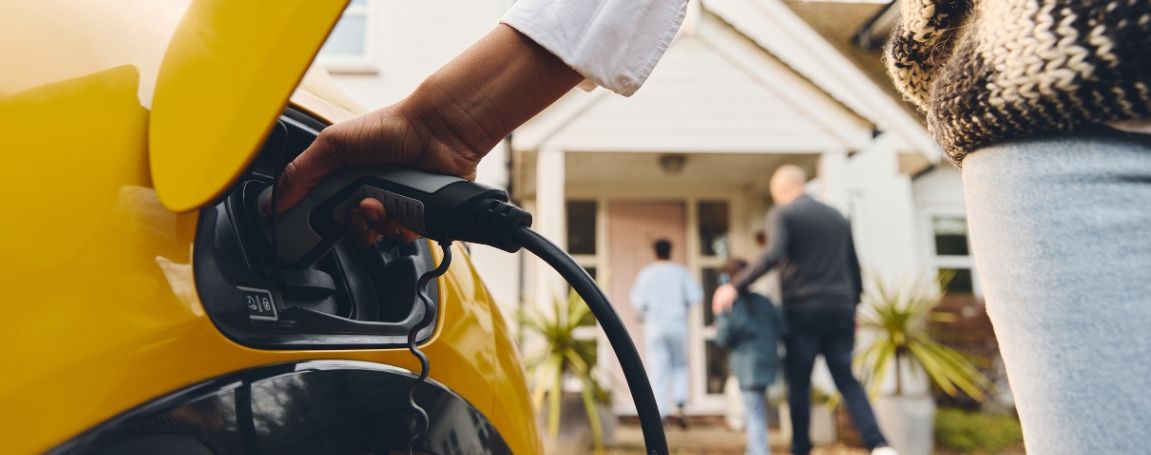March 15 2024,

With every passing year, it's getting easier to charge your EV on the go, with Fast DC charging stations making it as convenient as a traditional gas stop. But to ensure your EV is fully charged and ready to go every morning, a home charger is still an essential accessory. There are two main types of home chargers on the market, and here's what you need to know about installing the one that's best for you.
Can I Install a Fast DC Charger at Home?
There are three levels of chargers available but, generally, only the two lower-powered charging types (Level 1 and Level 2) are suitable for home use. The super-powerful Level 3 DC chargers that are currently so popular for their charging speed require levels of electricity that exceed what’s available in a typical residential circuit. And adapting your home setup to safely deliver the power required is costly and, in most cases, impractical. Fortunately, most EV drivers don’t require such a high-speed charger at home as they can leave their vehicle plugged in overnight. For most home use, a Level 1 or Level 2 charger is all you need.
Level 1 Charging
All EVs come with a standard Level 1 charger lead which plugs into a regular domestic outlet. Running at 110 or 120 volts, this basic system is capable of adding around 8 km of range per hour of charging. This is useful for topping up a hybrid's battery overnight, and shorter journeys, but relying on a Level 1 charger alone is unlikely to be powerful enough for those who rely on their EV for commuting or longer drives. Here's a more advanced option that's relatively easy and economical to install in most homes.

Level 2 Charging
A Level 2 charging station uses double the voltage of a Level 1 system and can charge at much more than twice the rate, typically adding 40 km of range per hour. This speed is ample for charging most EVs overnight, or even a quick top-up as you get ready to head out for the evening after driving home from work. However, many homes aren’t wired to accommodate the increased voltage and higher currents a Level 2 charger will draw. Both the electrical panel and circuit in your garage may need to be upgraded before installing this type of charger.
Is My Home Ready for a Level 2 Charger?
The ease of installing a Level 2 charger depends on your home’s current setup. A charger running at full capacity can draw up to 40 amps of current—the wiring in some older homes may not be able to handle that safely. Also, the electrical control panel may need to be modified for the higher voltage. This requires connecting two buses and fitting an upgraded circuit breaker—not a complicated job for an experienced electrician. For safety's sake, it's best to pay for professional installation rather than attempting the job yourself.

Ready to Make the Switch to Electric? Our EV Experts Can Help
Installing a Level 2 charger in your home needn't be complicated or expensive, and our EV experts can help with any queries you might have. To learn more about EV charging options and explore our wide range of electric models, please reach out to your local Dilawri franchised dealership or contact us today.

 Canadian-Owned and Operated Since 1985
Canadian-Owned and Operated Since 1985